42 energy rating labels uk
Label2020 UK | Label 2020 - energy label Aug 05, 2021 · The new energy labels for TVs, fridges, dishwashers, washing machines and washer dryers are here. They've helped consumers choose energy efficient products for more than 25 years. They've also helped manufacturers and retailers develop and sell innovative and efficient products. Increased demand for greener products means more efficient products are now available - so the old A+++ to G label scales are less effective.The new generation of energy labels will make purchasing decisions easier. Create an energy label - GOV.UK Apr 04, 2019 · Create an energy label Create a label for an energy-related product (ErP) that you make or sell to UK customers, for example white goods, boilers and other household appliances. From:...
Energy ratings: everything you need to know Mar 14, 2022 · Boilers and other forms of heating such as heat pumps got new energy labels in 2015. Beyond an A++-G rating, the label includes information such as the level of sound they produce and for some product types whether the heater has the capacity to generate electricity – the latter accounting for the fact that the heating market is changing, with more low carbon options.
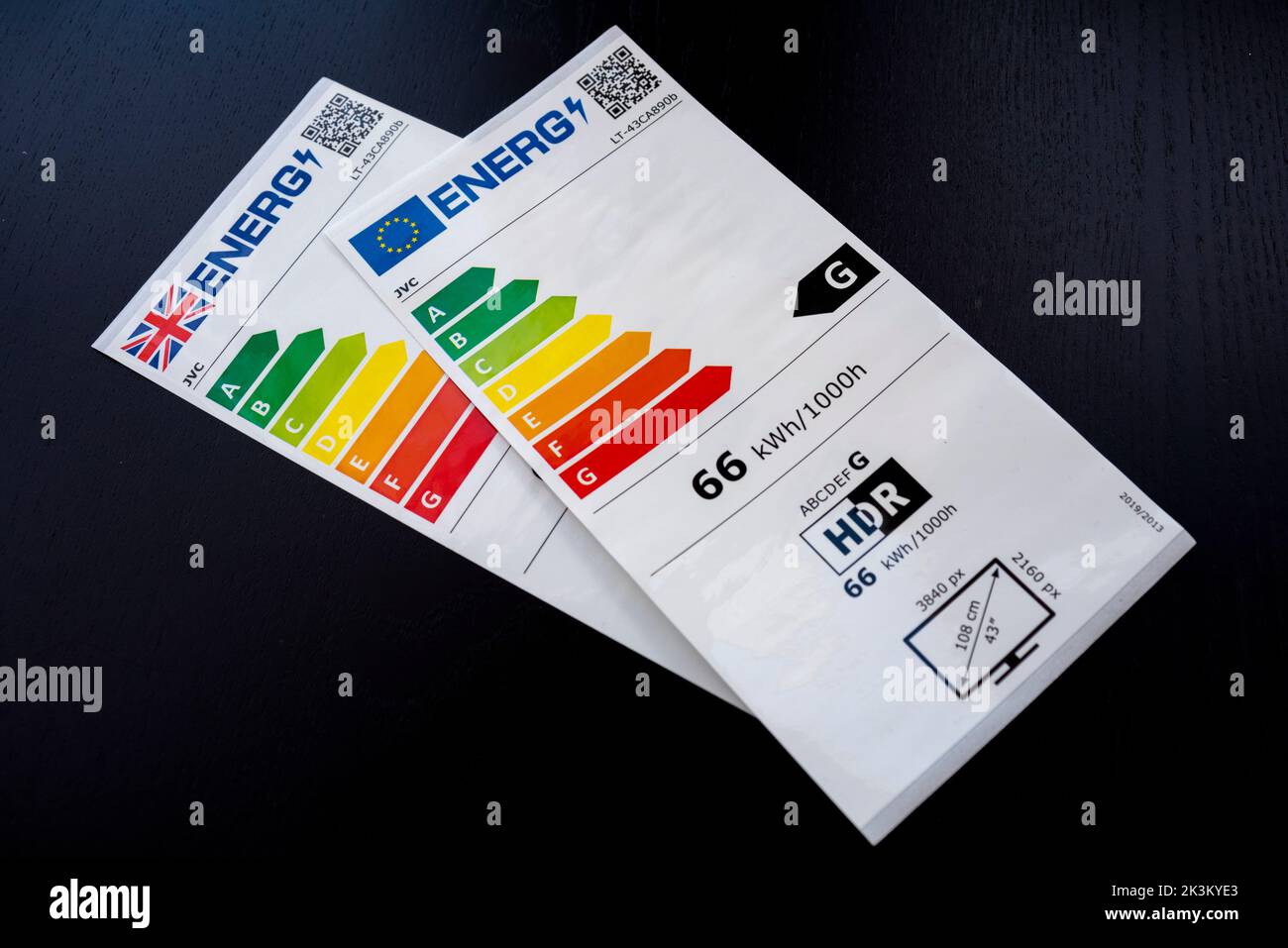
Energy rating labels uk
Regulations: energy information - GOV.UK Apr 10, 2014 · The energy label is common across the UK, with variations according to GB or NI placement on market, and must include: the model number of the product and the suppliers name or trademark the... New Energy Efficiency Rating Labels Explained | Samsung UK First introduced 20 years ago, energy labels awarded a product with an A for high efficiency, or an F for low efficiency and encouraged manufacturers to drive innovation by using more energy efficient technologies. Over time, the scheme evolved and labels of A+, A++ and A+++ were added, adding confusion for consumers.
Energy rating labels uk. New Energy Efficiency Rating Labels Explained | Samsung UK First introduced 20 years ago, energy labels awarded a product with an A for high efficiency, or an F for low efficiency and encouraged manufacturers to drive innovation by using more energy efficient technologies. Over time, the scheme evolved and labels of A+, A++ and A+++ were added, adding confusion for consumers. Regulations: energy information - GOV.UK Apr 10, 2014 · The energy label is common across the UK, with variations according to GB or NI placement on market, and must include: the model number of the product and the suppliers name or trademark the...


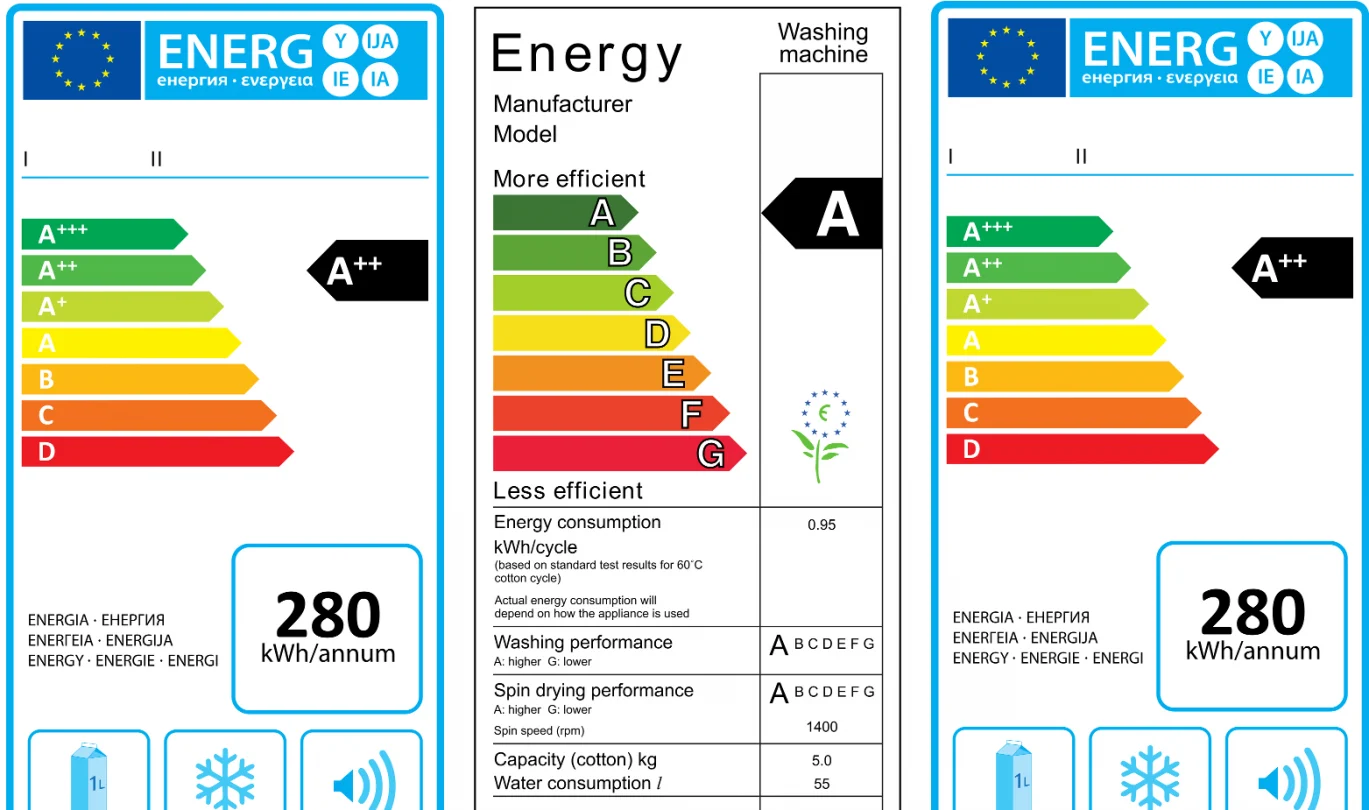



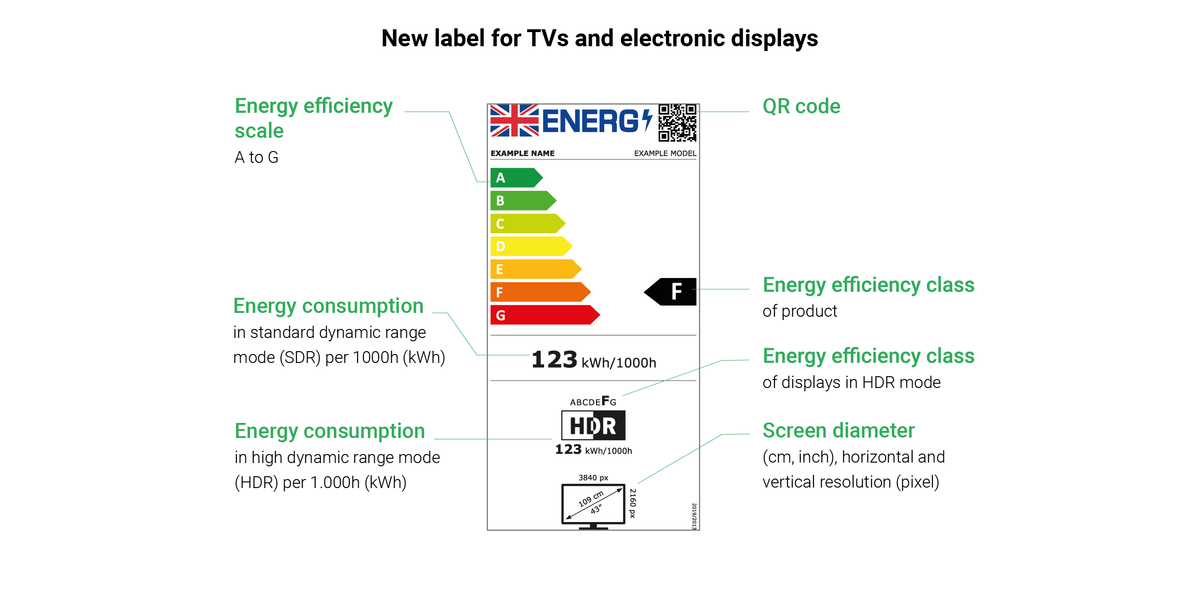
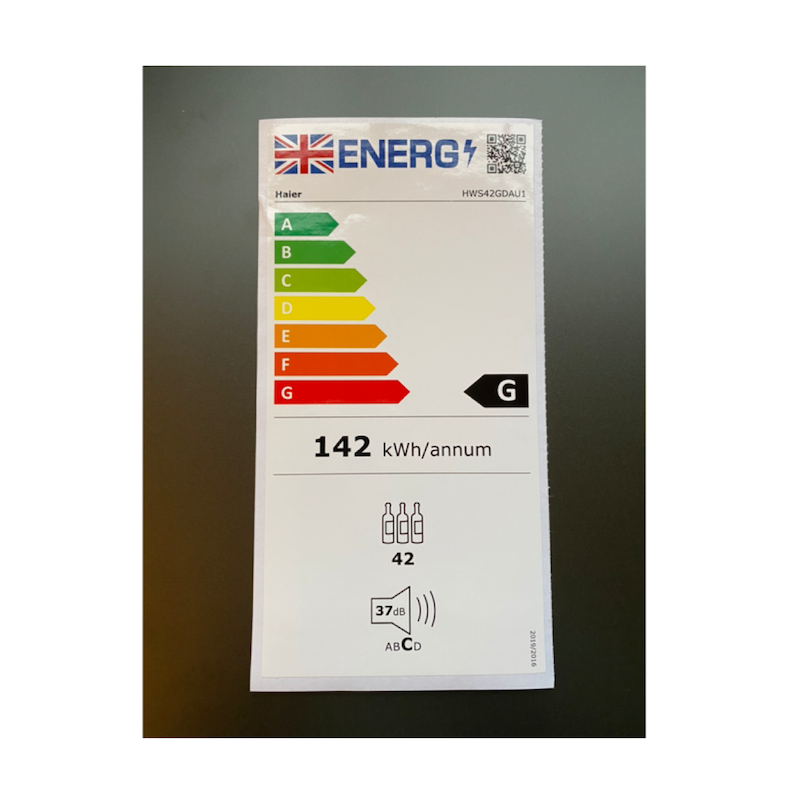
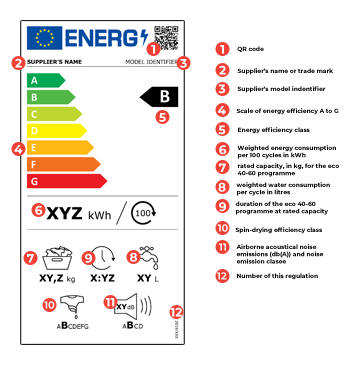
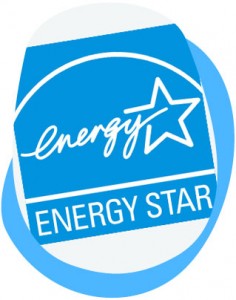

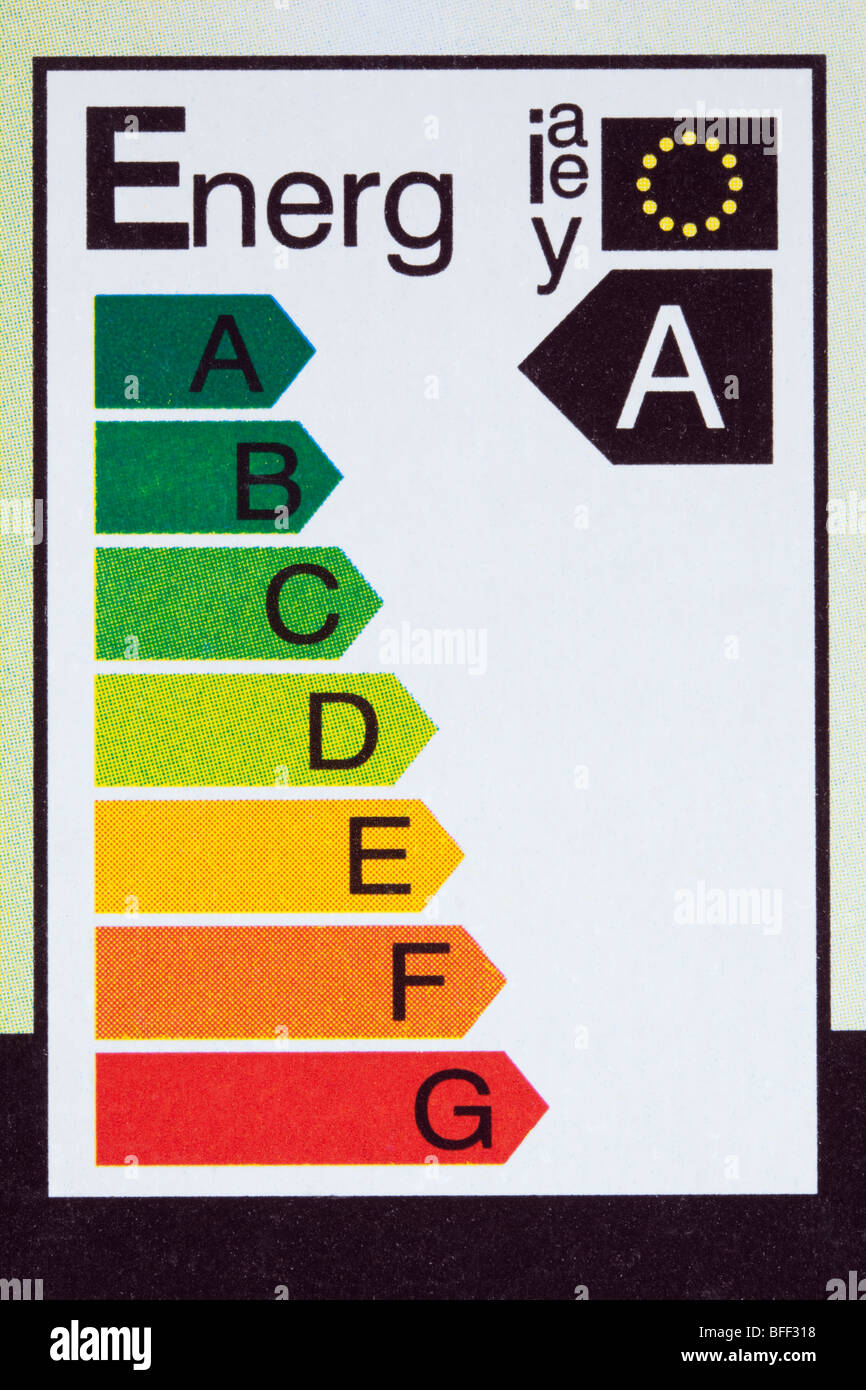



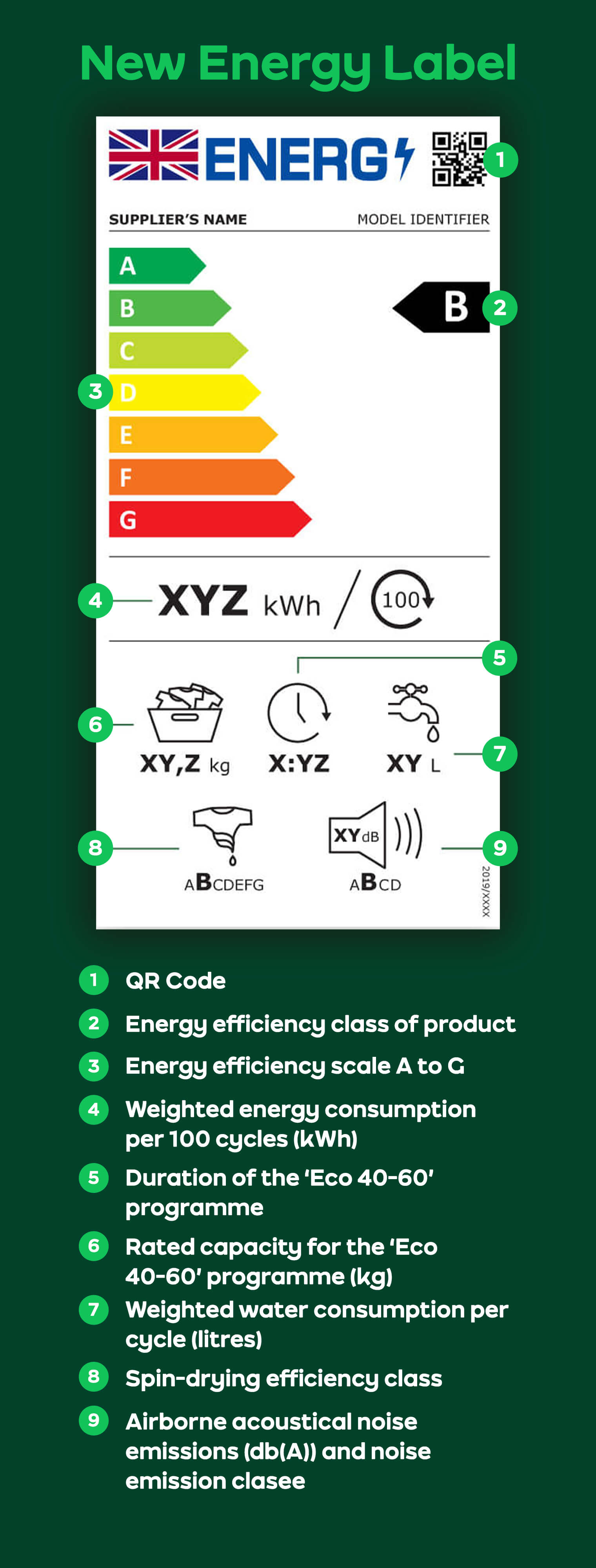

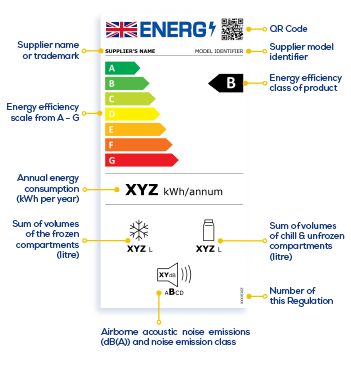

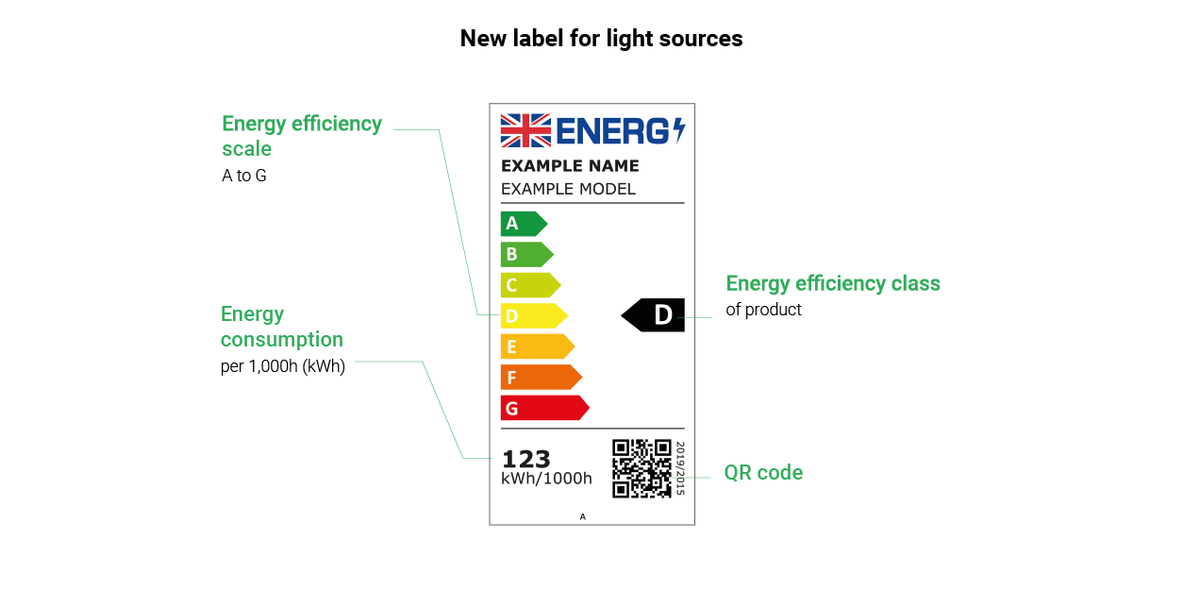
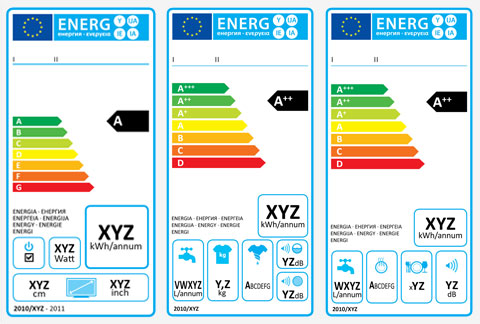

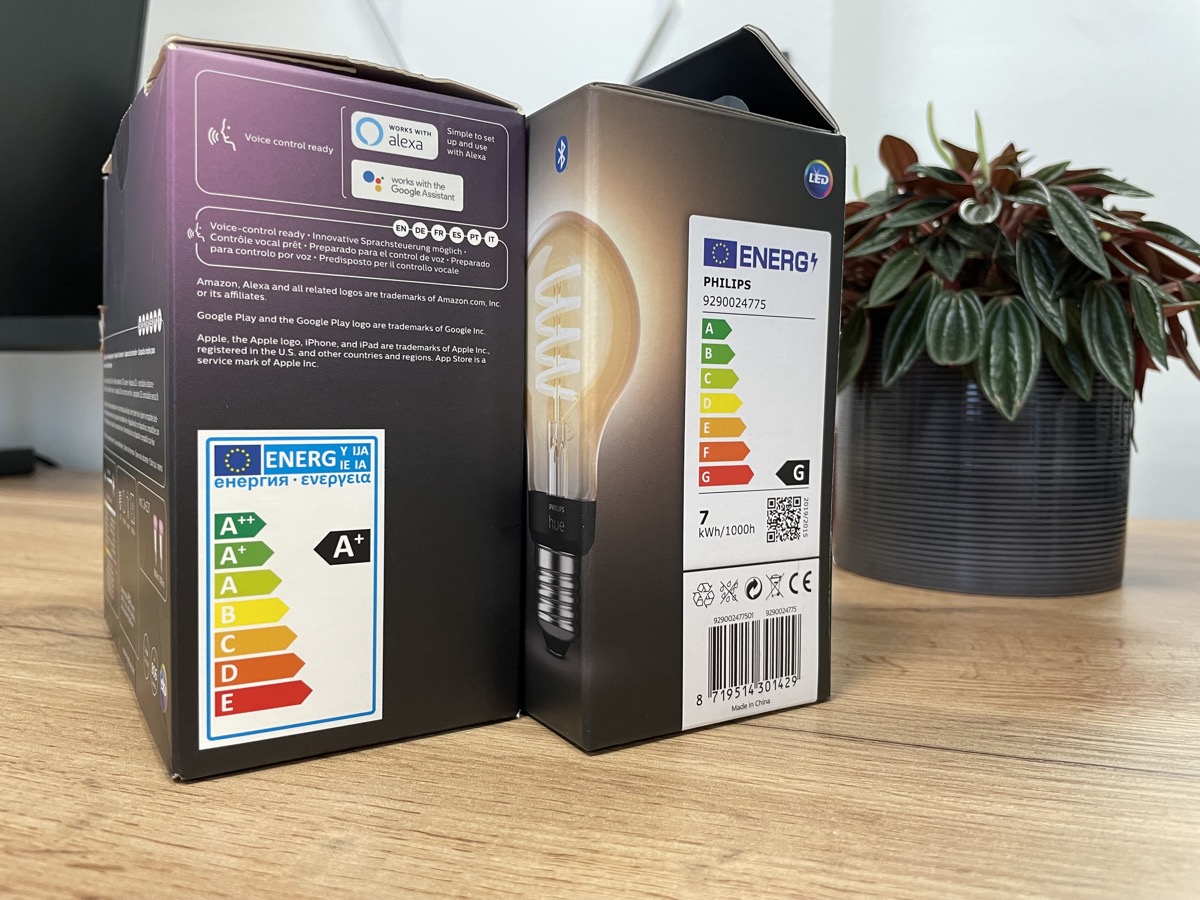

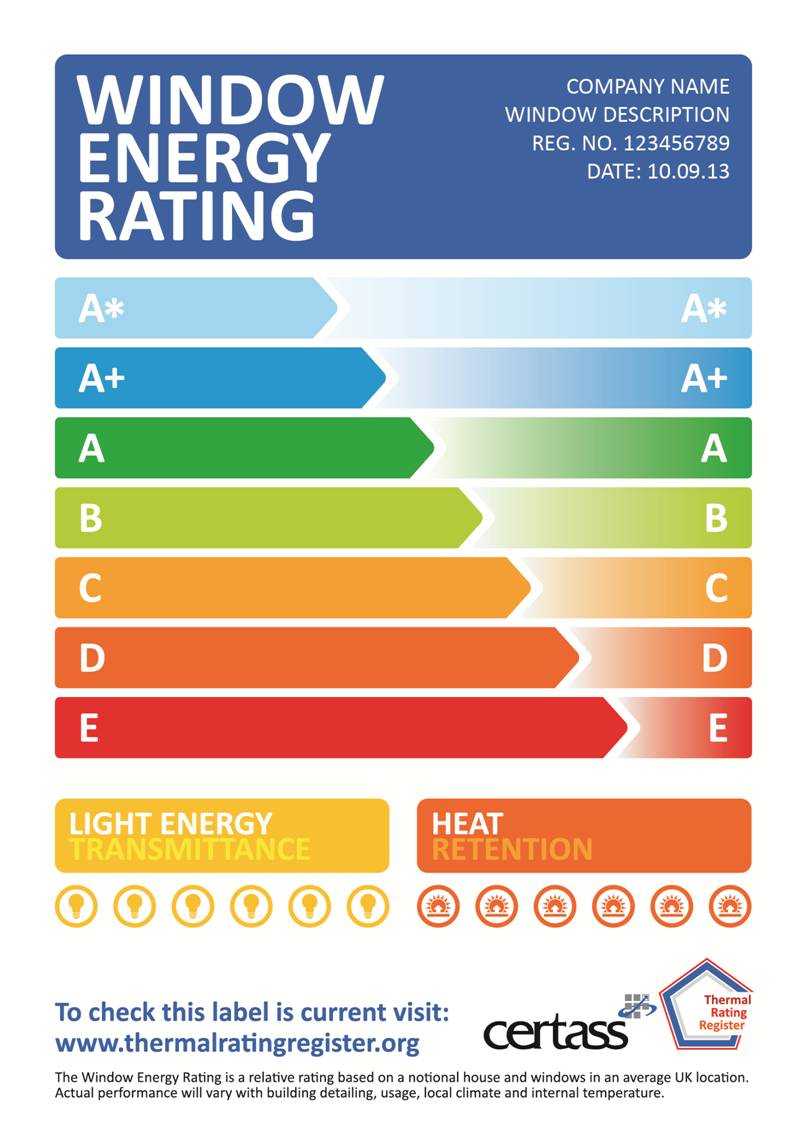



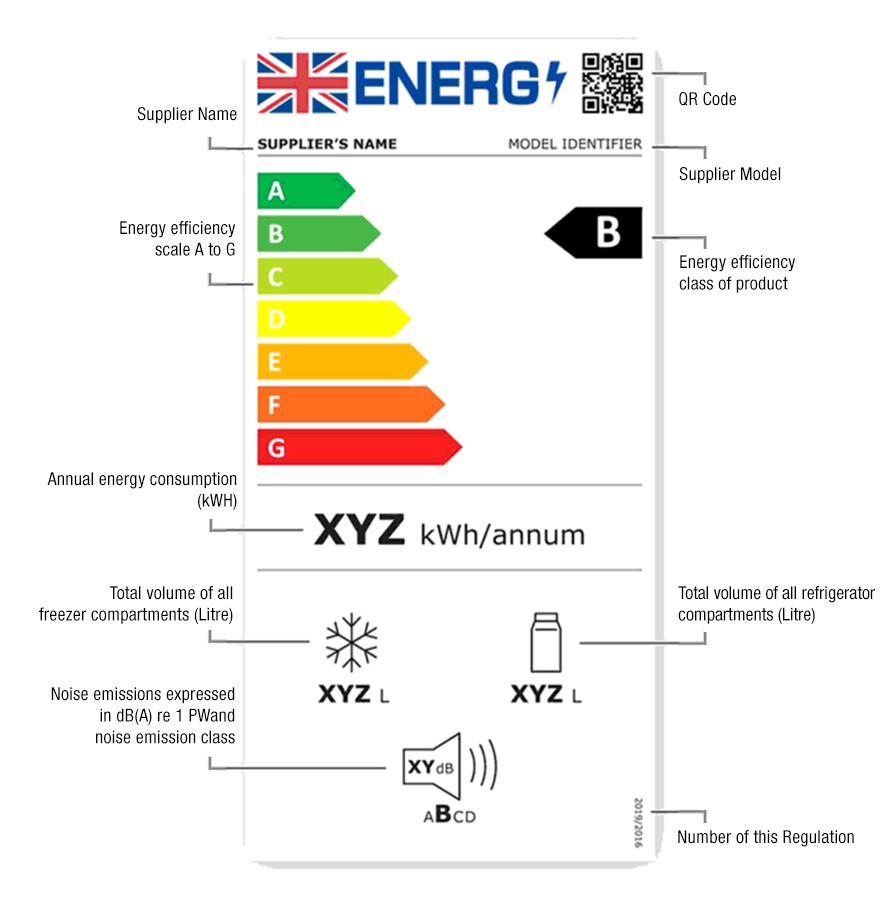
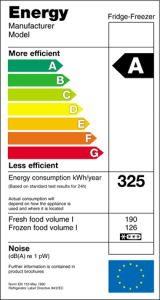

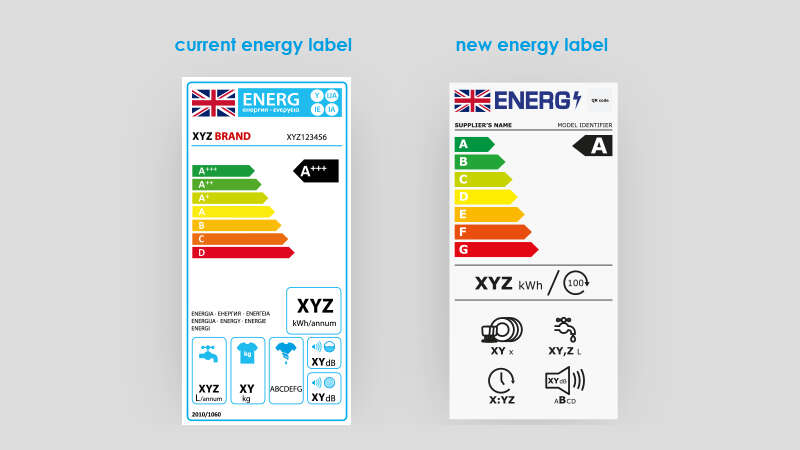
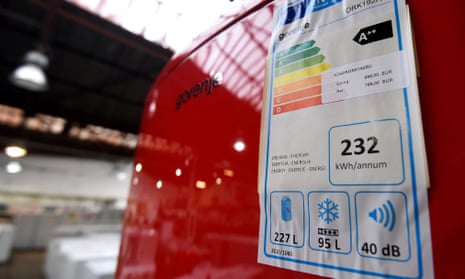
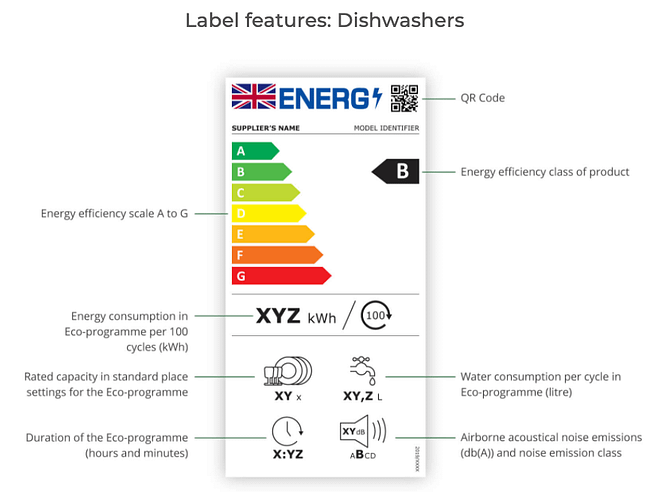

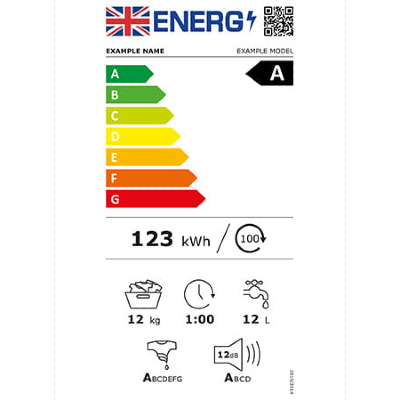


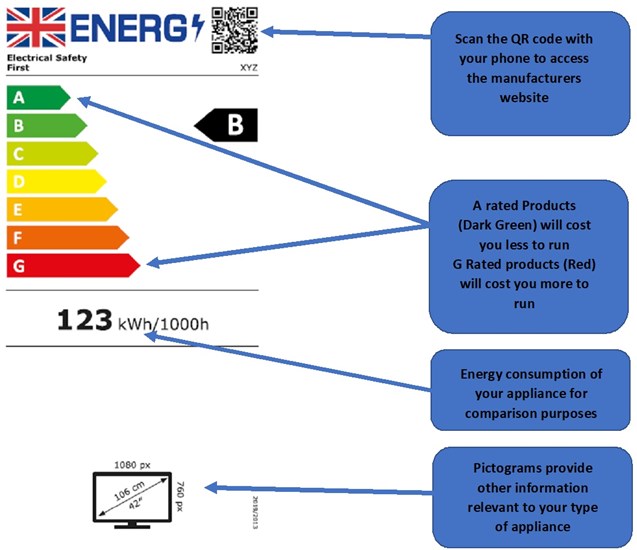
Post a Comment for "42 energy rating labels uk"